A healthy environment starts with a well-planned ventilation system as well as the proper location of heat registers. Have you ever wondered where you should put heat registers in your basement? What purpose do they serve? Worry no more! We've researched the answers for you.
In a basement, you should place the heat register at the bottom of the post or wall leveling with the baseboard. The vent should then connect up to the ceiling and out to the floor above or to the space outside. Also, there should be cool air returning to the basement from the air source, like an AC unit.
In this article, we aim to discuss the best location for heat registers in a basement. You'll understand how significant the heat registers are and what purpose they serve. We'll tackle more things about the basement and ventilation. Without further ado, let's get into it!
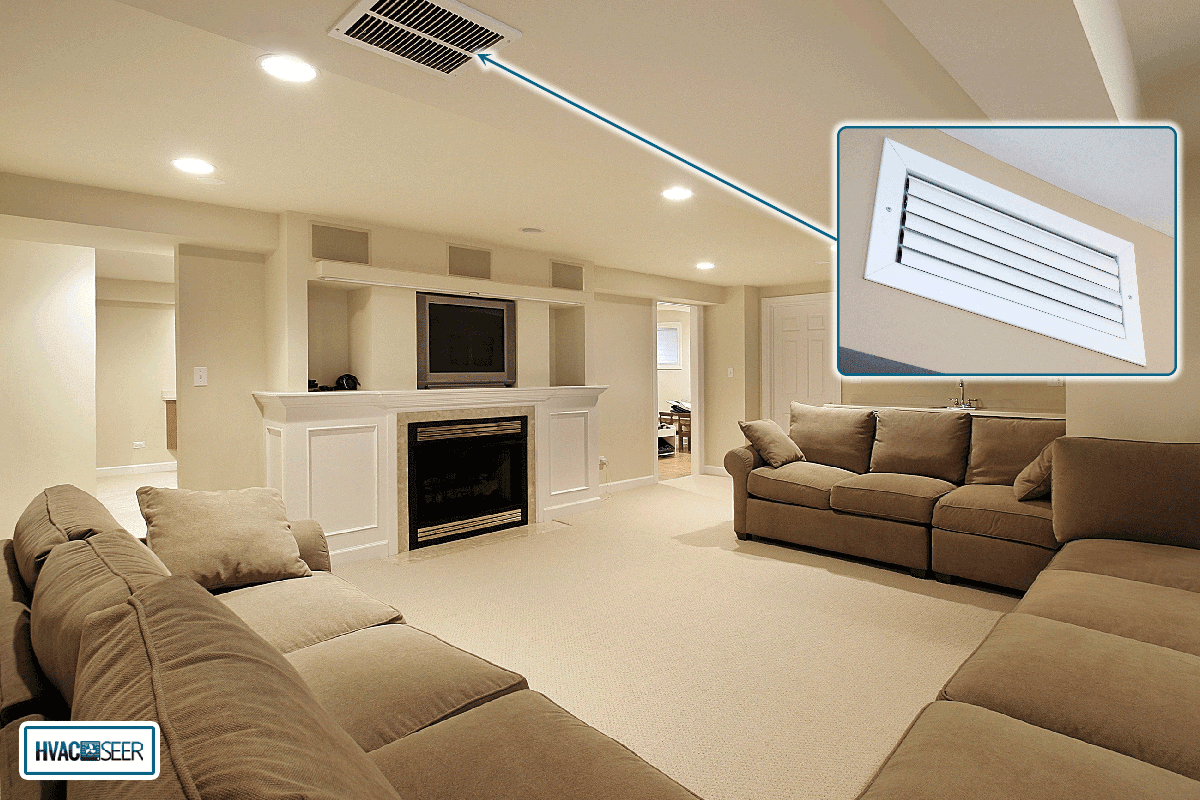
Where To Put Heat Registers In The Basement?
The heat registers should be leveled with the baseboard at the bottom part of the wall. Heat registers should connect up to the room above the basement, or to the outside space.
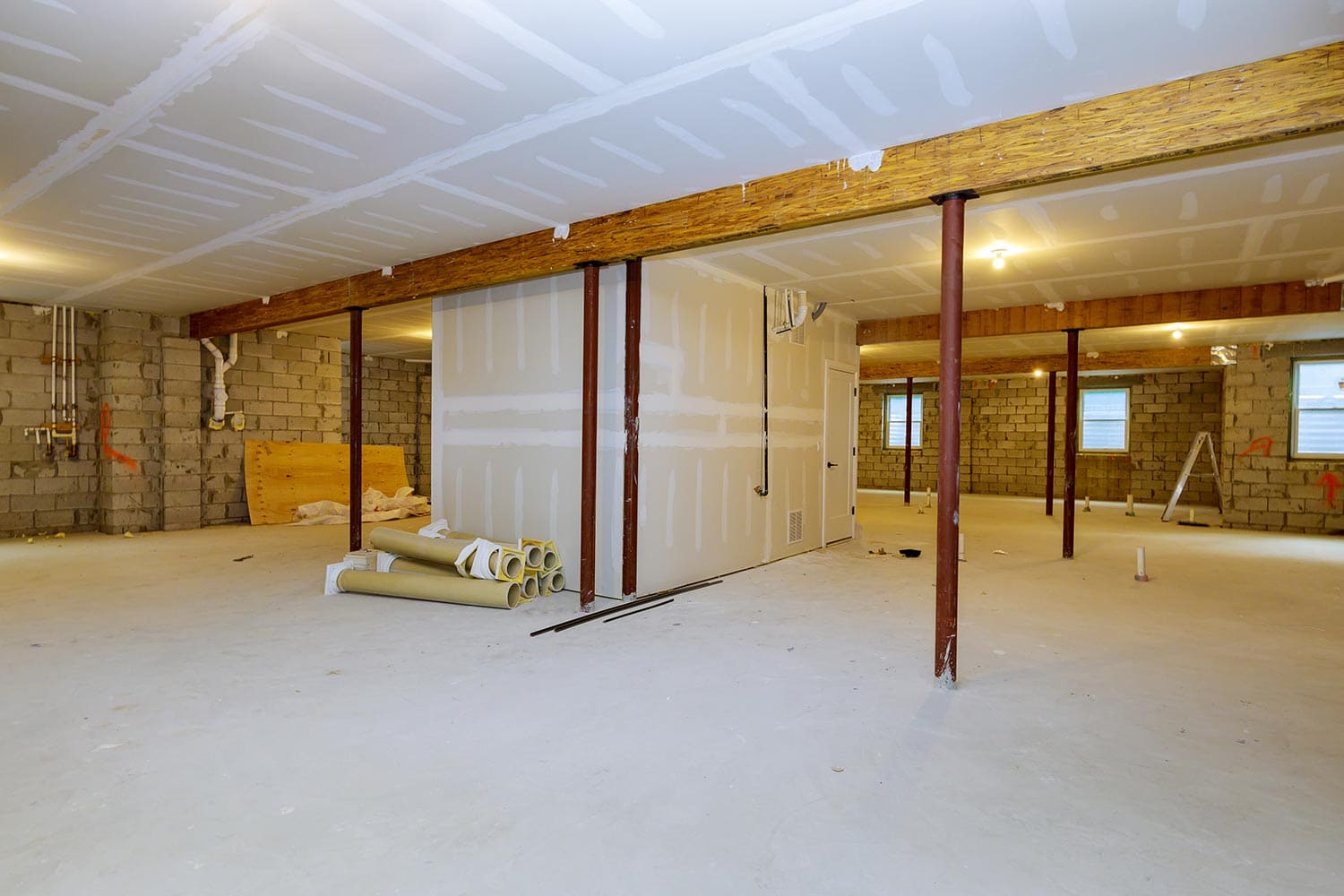
On the other hand, there should be a return of cool air to balance the air volume and temperature in the basement. The cool air may come from the main ventilation system or from the natural air outside.
How To Install A Heat Register In The Basement
Installing heat registers in a basement can be quite difficult. But what we'll show you is how to tap the existing air vent to make a heat register connected to it.
The Tools
Prepare the following tools you need:
- Ventilation tubes
You need at least two types of ventilation tubes. One piece of a straight tube and two pieces of a 45-degree angle tube. Usually, these tubes are self-made by molding them from an aluminum plate. Seek the help of a professional to help you make these tubes.
- A metal snip to bend or cut the ends of the ventilation tube for fitting.
See this metal snip on Amazon.
- A circle cutter to make a hole for the ventilation tube faster.
See this circle cutter on Amazon.
- A circular flange to connect with the ventilation tube.
See this circular flange on Amazon.
- A rectangular flange is to be used for the ventilation grill.
See this rectangular flange on Amazon.
- A sealant for the flanges.
- A ventilation grill to block objects from entering.
See this ventilation grill on Amazon.
- A grill cover.
See this ventilation grill cover on Amazon.
- A screwdriver for the flanges.
See this screwdriver on Amazon.
- A driller to create holes.
The Steps
If the tools are ready, you can now proceed to these steps on how to connect a heat register with an existing air vent:
- Drill a hole in the air vent. Make sure that the hole's size matches the size of the circular flange.
- Connect the ventilation tube and circular flange with duct tape, then drill holes to screw the flange against the vent.
- Direct the ventilation tube down to the level of the baseboard.
- Connect the rectangular flange on the other end of the ventilation tube.
- Install the ventilation grill on the rectangular flange.
- Test the heat register by activating the air source from the other end of the air vent.
- Try covering the grill with a covering pad.
- If the heat register is successful, you can now apply a sealant around the flange. Cover the grill only when needed.
See this short clip below to give you an idea of how the ventilation hose or tube should be connected:
https://www.youtube.com/watch?app=desktop&start=78&end=305&v=dsI_3lbwO7E&feature=youtu.be
What to Consider When Placing Heat Registers
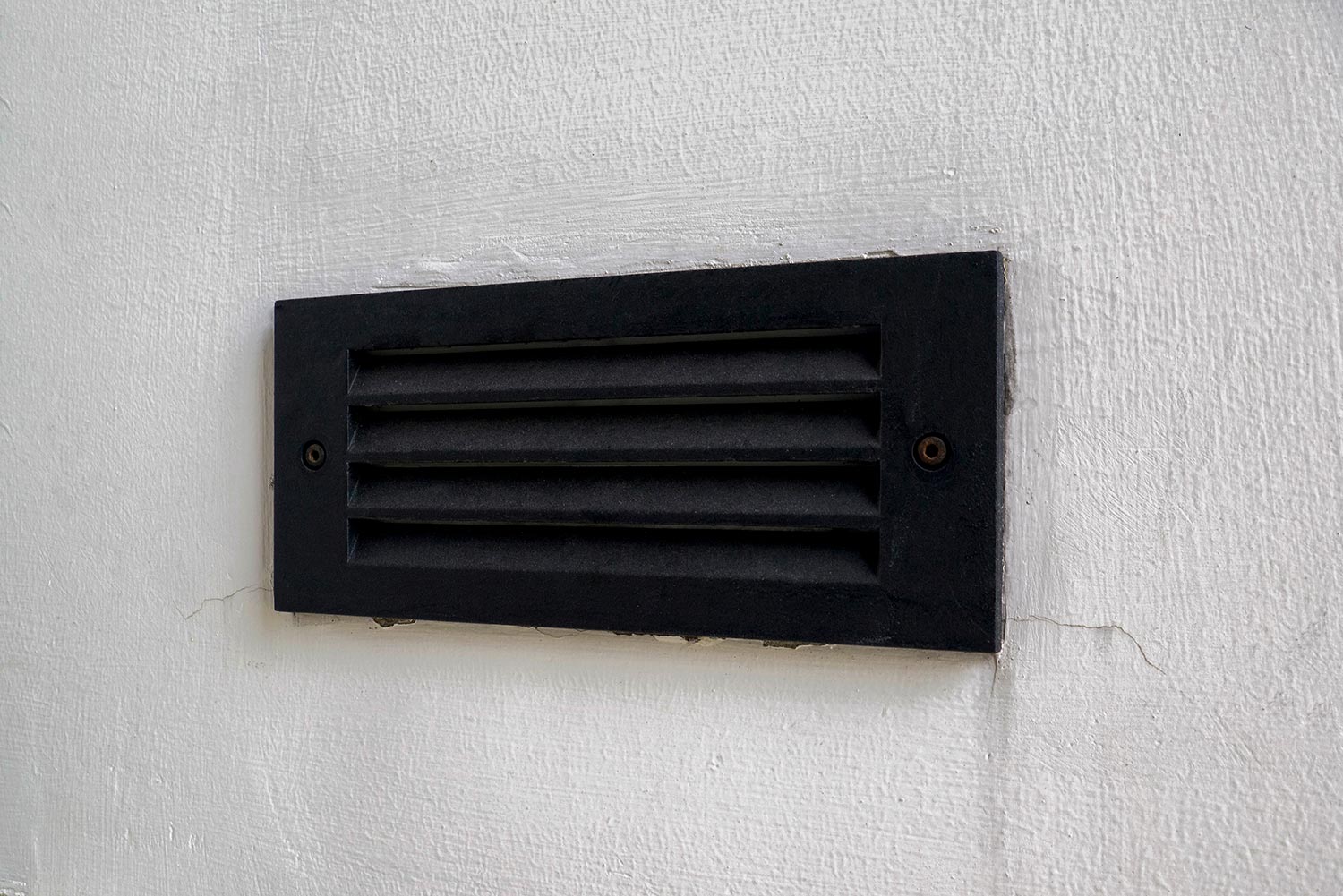
There are things you need to be aware of when placing heat registers in your basement or anywhere you need them. See below for these things to consider.
Hot Air Should Rise
It is common knowledge that hot air rises because of its natural weight, which makes it lighter than cold air. That's why the heat register should be at the bottom part of the wall to let the heat evaporate and rise above the ceiling.
You cannot put the heat register in a high location, because this will spread across the basement and make the temperature hotter.
However, you can connect the heat register to the room above. You just need a vent cover to let you control the amount of heat in the room. As a result, the room above the basement will have a balanced temperature depending on what temperature you need.
Cool Air Should Drop
On the other hand, cool air is naturally denser than hot air. This is the reason why the cool air return should be on the top portion of the wall.
Further, it's impractical to place a cool air return at the level of the baseboards. The basement floor may become wet in no time since cool air cannot rise. The cool air typically comes from the AC unit above the room or from the space outside. So, the cool air return is what completes the air circulation.
You shouldn't have heat registers without cool air return, or to be specific, a source of air to breathe. Simply because the basement is less ventilated than other rooms.
So, you should have proper ventilation in the basement to avoid health risks. It is advisable for both heat register and cool air return to always come in a pair.
When Should You Install Air Vents In The Basement?

The installation of air vents in a basement is usually done before finishing the basement itself. If the insulation in the basement wall is still not done, it's a good opportunity to start installing the air vents. This is to estimate how long the vent should be and how you could plan the airflow.
Types of Ventilation for Basement
Installing air vents needs expertise and evaluation. However, see below the types of ventilation to give you an idea of the best ventilation for your basement.
Natural Ventilation
Natural ventilation refers to using natural air to circulate throughout the room. If your basement has a space for making a window, then the best location is at the top portion of the wall before it meets the ceiling. In this way, you can have natural ventilation.
Mechanical Ventilation
When we say mechanical ventilation, it means that we're using electric fans or air conditioners as the primary source of air. Mechanical ventilation is common in enclosed spaces without windows. The purpose of mechanical air circulators is to balance the room temperature and air volume.
Mixed Ventilation
This is the most common type of ventilation, even aside from basement areas. Mixed ventilation uses a combination of natural and mechanical air sources.
Also, you can save more energy with mixed ventilation than with mechanical ventilation alone. Simply because the use of electricity is less when the natural air contributes to the airflow.
However, nothing beats natural ventilation for saving energy. But one downside to it is the lack of control over air circulation.
How To Improve Air Circulation In Basement
A basement is usually a high-moisture area, and it's significant to improve the air circulation. So, we're giving you some ways to keep the basement well ventilated. Refer to these techniques below.
Add an Exhaust Fan
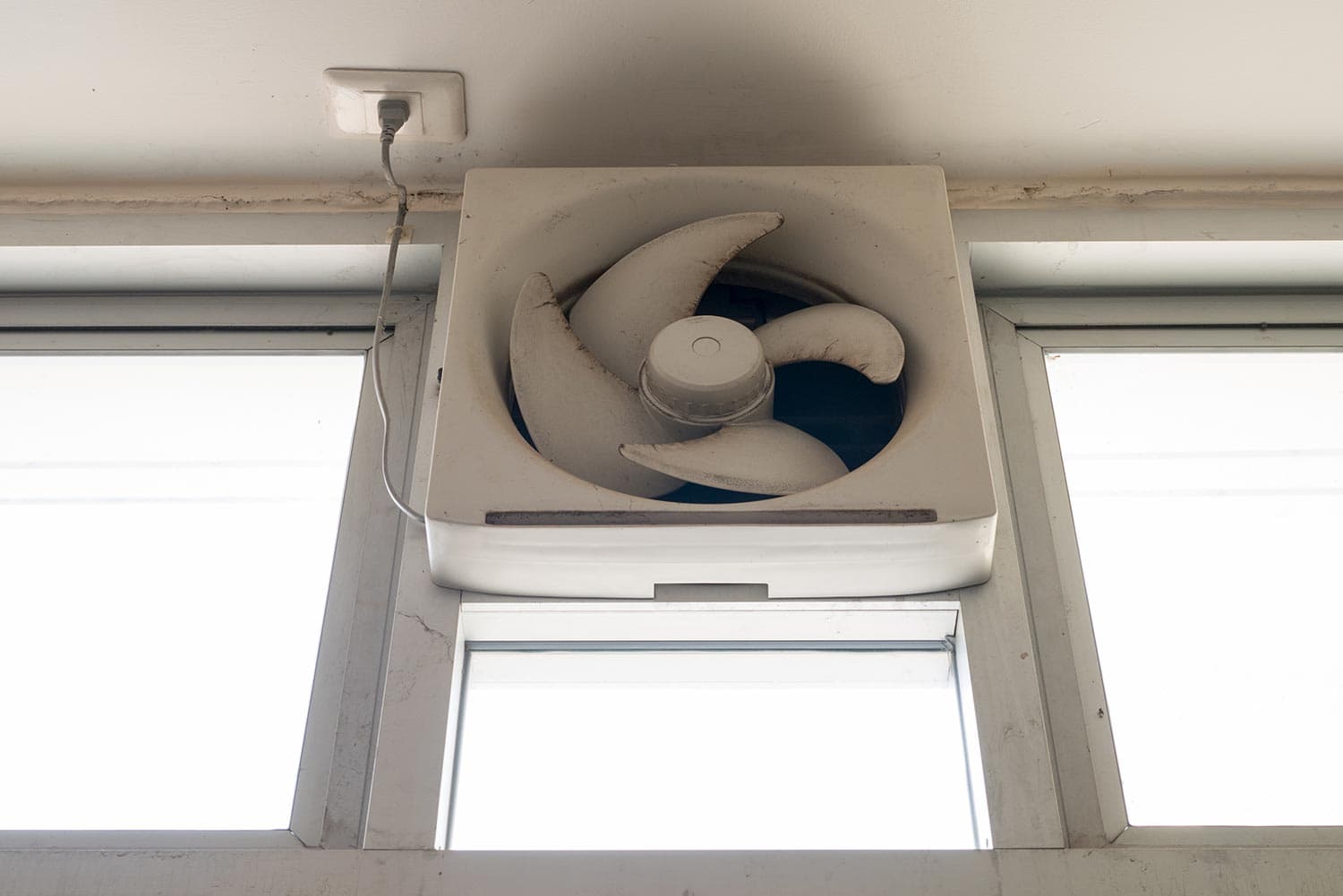
The exhaust fan can pull out excess moisture and even odor in an area. You can add an exhaust fan at the high portion of the wall so that the accumulation of moisture will be prevented.
See this exhaust fan on Amazon.
Use an Air Dehumidifier
Because the basement is usually underground, the air temperature changes faster depending on the weather. You can use an air dehumidifier so that you can eliminate cool air particles before they multiply.
See this air dehumidifier on Amazon.
Clean More Often
Clean the basement more often, and you'll be more comfortable. However, you should dry out the floor if you mopped it. This is to prevent the floor and walls from absorbing the water particles.
Also, consider installing a carpet. This will help keep the basement floor less slippery and less dusty.
Welcome The Sunlight
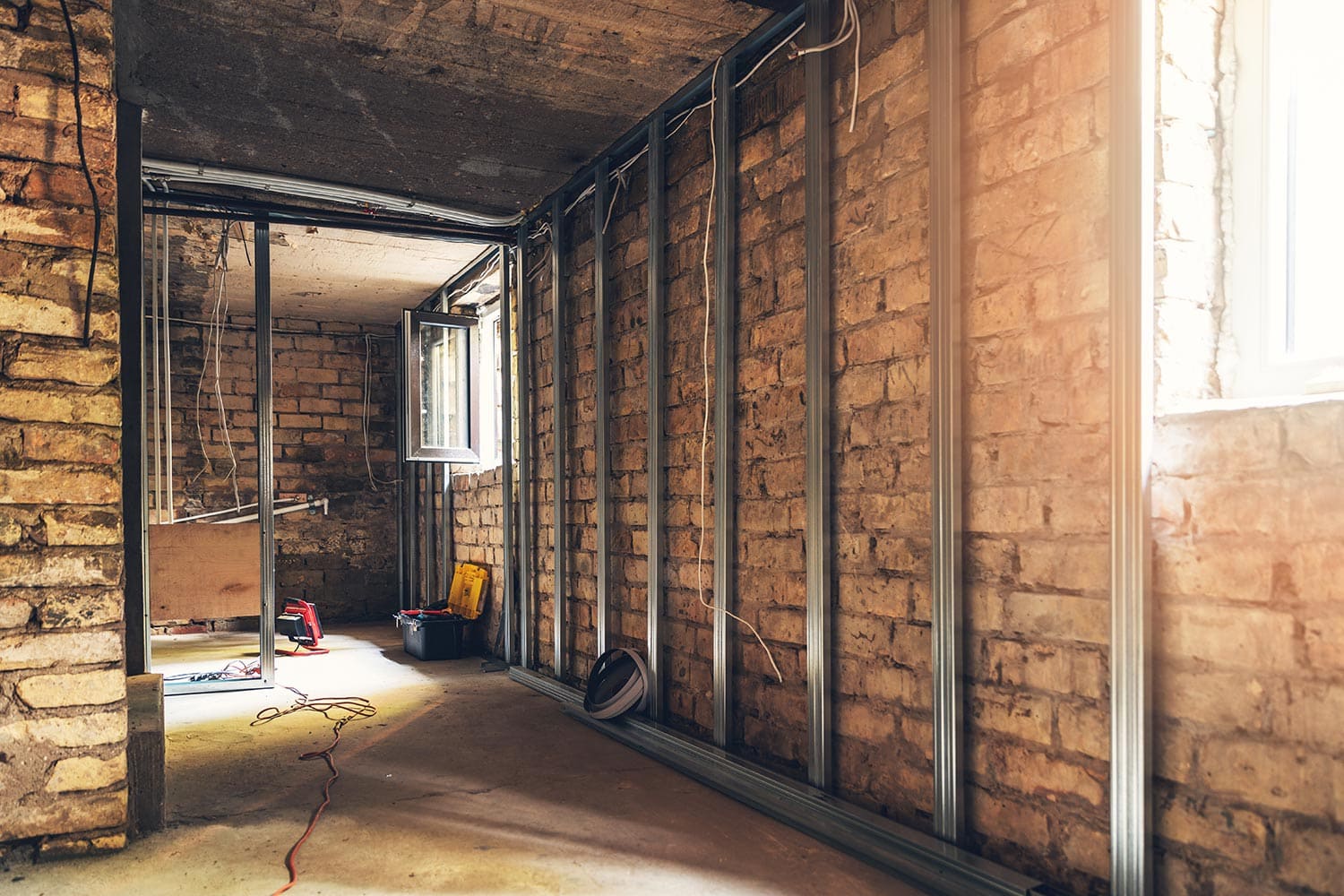
This can be a hard option to do because most basements are away from the sunlight. However, you can consider renovating the basement to make windows on the parts where sunlight usually hits.
In Closing
All throughout this article, we discussed where you should put heat registers in a basement. Remember that hot air rises and cool air drops.
You also learned how to tap an existing air vent to create a heat register. The installation may vary depending on your house's condition, so it's best to consult an HVAC expert to guide you.
In the last part of this article, we mentioned how many heat registers you can have and why it's best to install air vents before finishing the basement. Of course, we shared with you some common types of ventilation.
Before you go, be sure to check out these other











